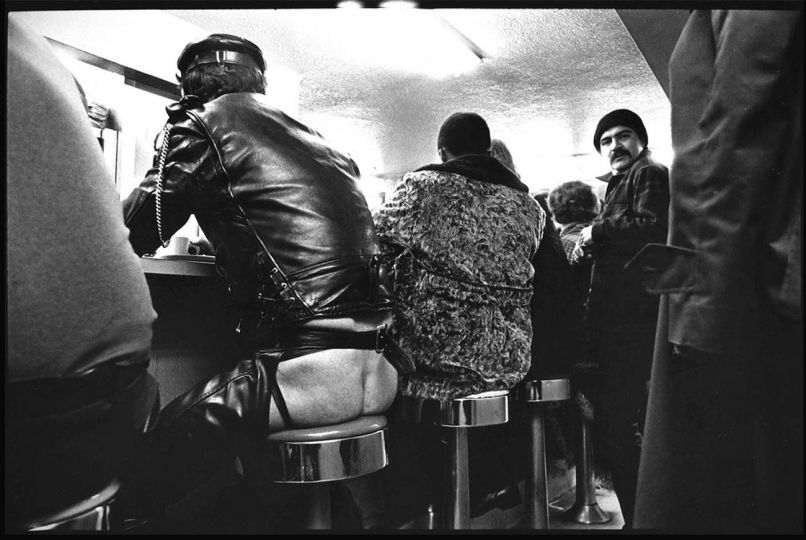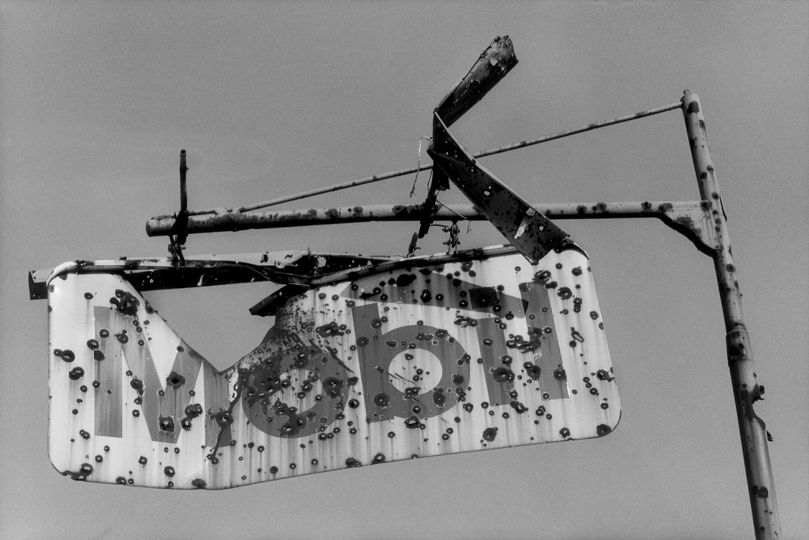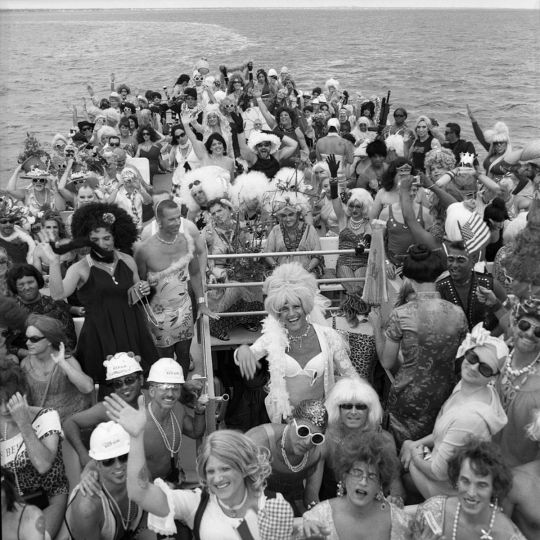Perhaps there is nothing so compelling as the human face. For all the beauty it holds, the experience it hides, the emotions it shares, it is a map of personal history. It is the thing we cannot see on ourselves, unless we look in the mirror, and once we behold our visage, we reconsider. It is hard to know what we broadcast, except to say chances are we are telling more than we know. It is written all over the face, who we are, what we believe, what we know.
The photograph then, becomes the record of but one moment in a long string of moments that make up each of our lives. About Love: Photographs and Films 1973–2011, by Gay Block (Radius Books) is a glorious catalogue of lives that have passed before the photographer’s lens. It is a massive tome, beautifully produced and elegantly crafted. The layout is deceptively simple, understated elegance at its finest, with enough white space to allow the eye to linger, to rest, to roam, to consider the people that sit before us.
Block’s work is About Love in the most pure sense, about being one with his subject so that they speak to us without saying a word. He presents them on their terms and allows us to enter their world, from our vantage point to see their lives through his eyes, and mediate the subject, the photographer, and ourselves. Each subject is treated with a dignity and a respect that belies the formality of portraiture, yet each of these images is just that.
The portrait, the story of a life in a single frame. Block’s wealth of knowledge of the human condition is captured here in each image she creates. “I’ve always loved exactly what somebody looks like. That’s what I wanted to photograph, and almost as much, and maybe as much, I’ve loved exactly the words they use to describe their lives, events in their lives, feelings, and things like that. I love exactly the way people talk.”
It is this penchant, nee devotion, to the exact that marks these images. There is a feeling of truth, of that new and honest space that exists between two people. These photographs are private conversations, spoken to the world. We as viewers are listeners, flies on the wall. Through our eyes, we are being told stories. Stories of lives lived, of people we shall never otherwise encounter. And it is Block’s affection and respect for the individual person, for the dignity and integrity of the human experience that allows us to share in what is not ours yet is available for consideration.
Block explains, the way in which she uses photography as a means to something deeper, to the psychological study, to the spiritual connection. “Portraiture for me has always been so personal. I never felt like I was out to advance the medium. It wasn’t about photography for me; it’s about the people. They are inseparable from the work and yet I’ve always understood that I wasn’t going to advance the photographic medium; that wasn’t even an interest for me. I used photography to advance myself in an internal, personal way.”
Each image is a collaboration between subject and artist, and the result is a feeling that we are stepping out of ourselves and into other people’s lives. As Block explains, “In the beginning, I was practically non-directive except for asking that my subjects sit where the light was the way I wanted it, and asking them not to smile. I’d say sit on this couch not that couch—that kind of thing. But I would be doing the interview and then they would naturally move into a position on their own. I would interrupt and say, ‘Please don’t move anything. I’m going to turn off the recorder, because I want to take your picture just the way you are now.’ and that’s how it would happen. I would wait until I found them in a fascinating position.”
And so it is that what has fascinated Block will fascinate us, because the human face is the most compelling thing to contemplate, in person or in art. We want to know, we want to understand, we want this connection, the one that Block discovered is all About Love.
Sara Rosen
Gay Block: About love
Photographs and films by Gay Block
ISBN: 978-1-934435-32-8
Trade Edition
Hardbound
11 x 13 inches
312 pages
219 color and duotone illustrations
















